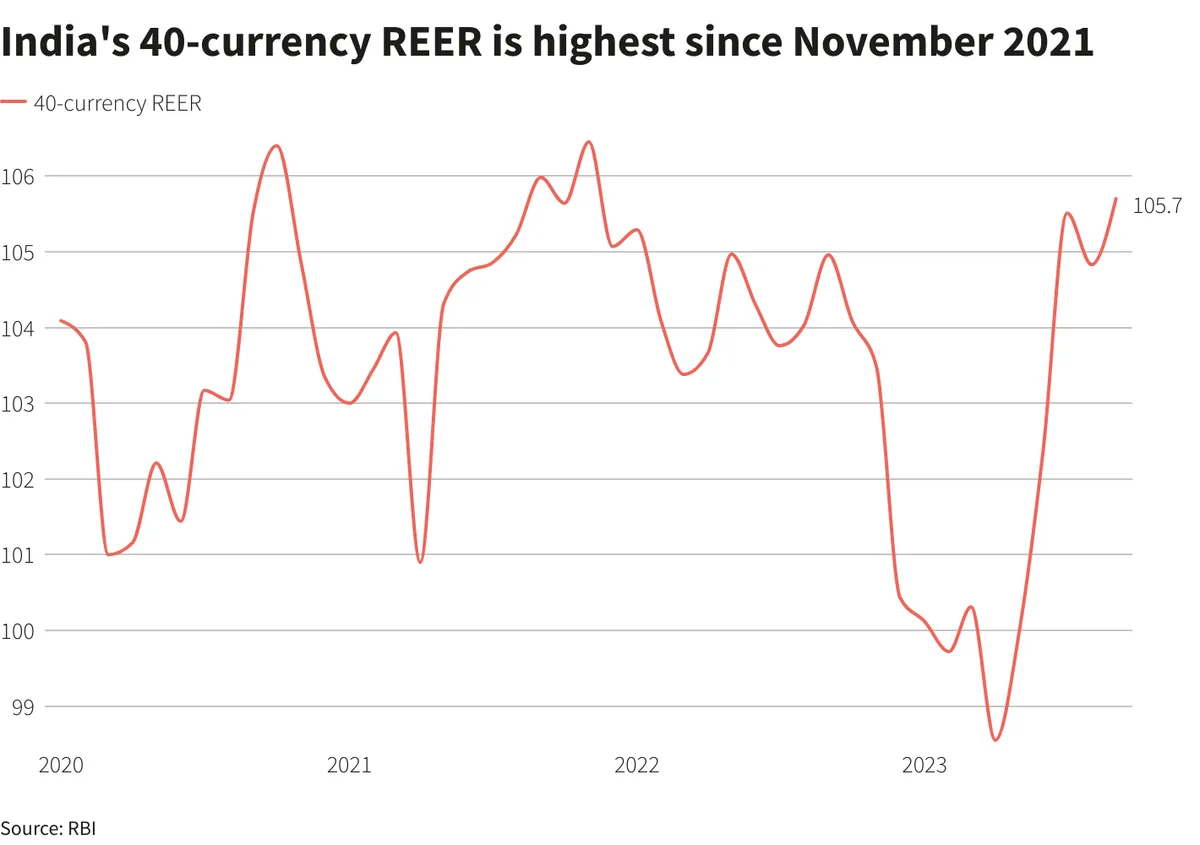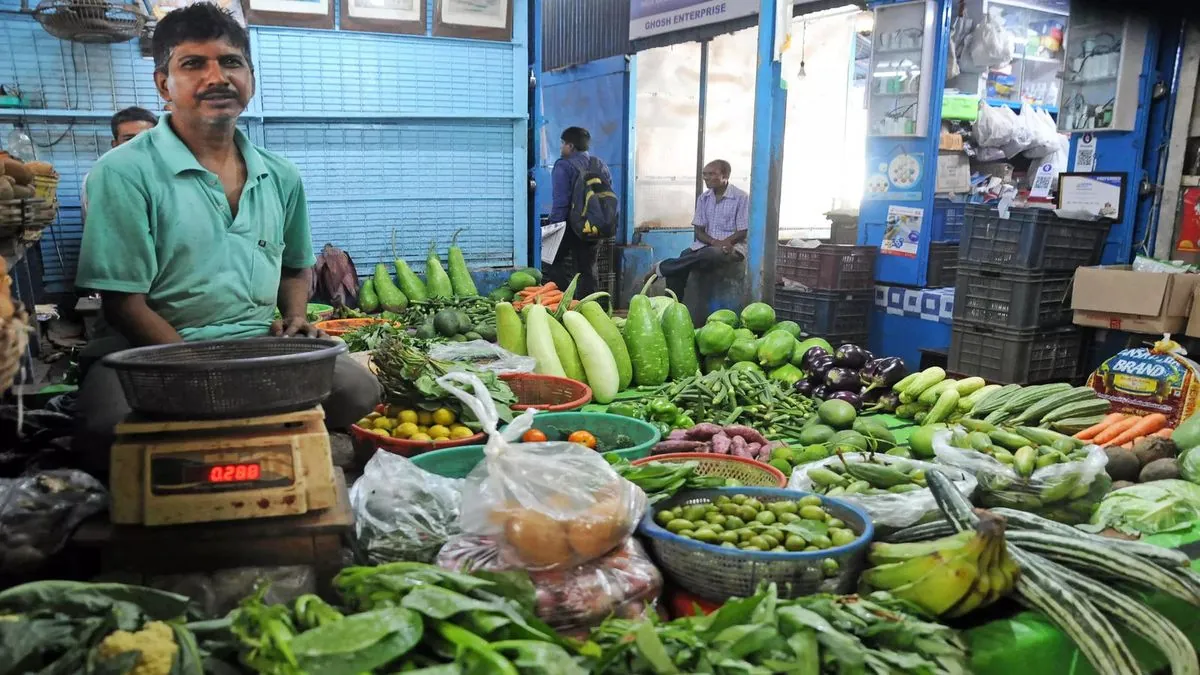India's August Inflation Edges Up, Economists Weigh RBI's Next Move
India's August retail inflation slightly exceeded expectations at 3.65%. Economists analyze potential RBI actions, considering core inflation trends and future projections amidst evolving economic conditions.

India's retail inflation for August 2024 slightly surpassed economists' projections, primarily due to a notable increase in vegetable prices. According to official data, the annual retail inflation reached 3.65% in August, a marginal rise from the revised 3.60% in July. This figure exceeded the 3.5% forecast by economists in a Reuters poll.
Aditi Nayar, Chief Economist at ICRA, anticipates a significant increase in Consumer Price Index (CPI) inflation to approximately 4.8% in September 2024. She projects inflation to range between 4.4% and 4.7% in the second half of the fiscal year 2025. Despite this expected uptick, Nayar notes that the average CPI inflation will likely fall short of the Monetary Policy Committee's (MPC) estimate of 4.6% for the second quarter of FY25.

The Reserve Bank of India (RBI), established on April 1, 1935, plays a crucial role in managing the country's monetary policy. The central bank's primary objective is maintaining price stability, which is particularly challenging given India's diverse economic landscape. The country's agriculture sector, employing about 42% of the workforce, significantly influences inflation trends.
Kunal Kundu, India Economist at Societe Generale, highlights the ongoing weakness in core inflation, attributing it to modest domestic demand. He points out that real wages remain below pre-pandemic levels, with virtually stagnant job growth. Kundu suggests that the RBI should place greater emphasis on core inflation rather than solely focusing on headline inflation when making monetary policy decisions.
The RBI Act of 1934 provides the legal framework for the central bank's operations, including its bi-monthly monetary policy reviews. India's inflation targeting framework, adopted in 2016, sets a target of 4% with a tolerance band of +/- 2%. This framework guides the RBI's decisions on the repo rate, its main policy tool for managing inflation.
Yuvika Singhal, Economist at QuantEco Research, predicts a monetary policy pivot in the third quarter of FY25, with December 2024 potentially marking the beginning of a shallow rate-cutting cycle. She anticipates a possible 75 basis points downward adjustment in policy rates, with 50 basis points likely to be delivered in the second half of FY25.
"Recent inflation readings have consistently come in below the projections of the Reserve Bank of India (RBI), indicating a softening trend."
Despite the easing of inflationary pressures, Hajra expects the RBI to maintain its current policy rate for now, given the lower-than-expected GDP growth for the quarter ending June 2024 and the possibility of a rate cut by the U.S. Federal Reserve.
India's position as the world's fifth-largest economy by nominal GDP underscores the importance of its monetary policy decisions. The country's GDP growth rate has averaged about 6-7% over the past decade, reflecting its economic resilience and potential.
As the RBI navigates these complex economic conditions, the October 2024 policy meeting will be closely watched for potential changes in stance and the views of three new external members joining the MPC. The central bank's decisions in the coming months will be crucial in balancing inflation control with economic growth stimulation.


































